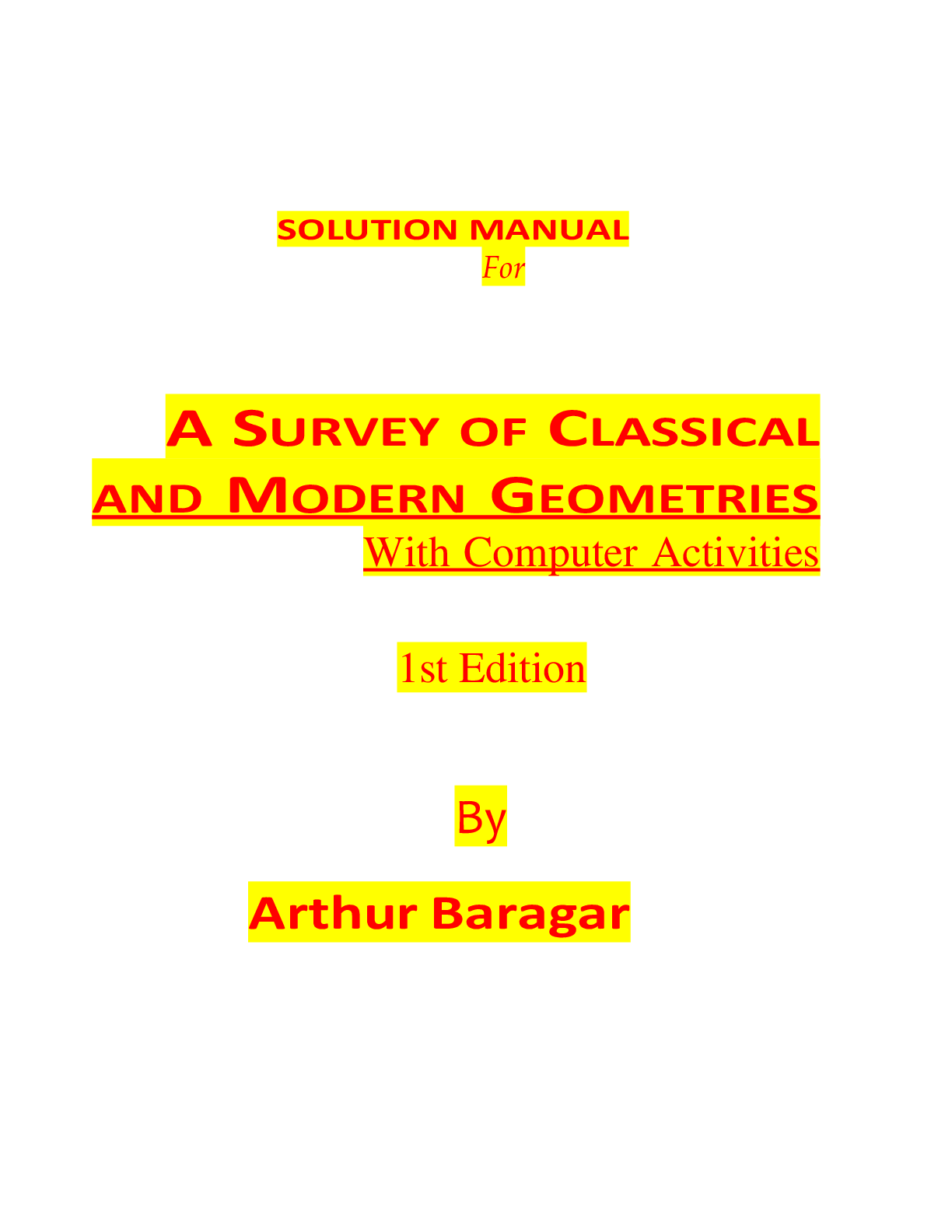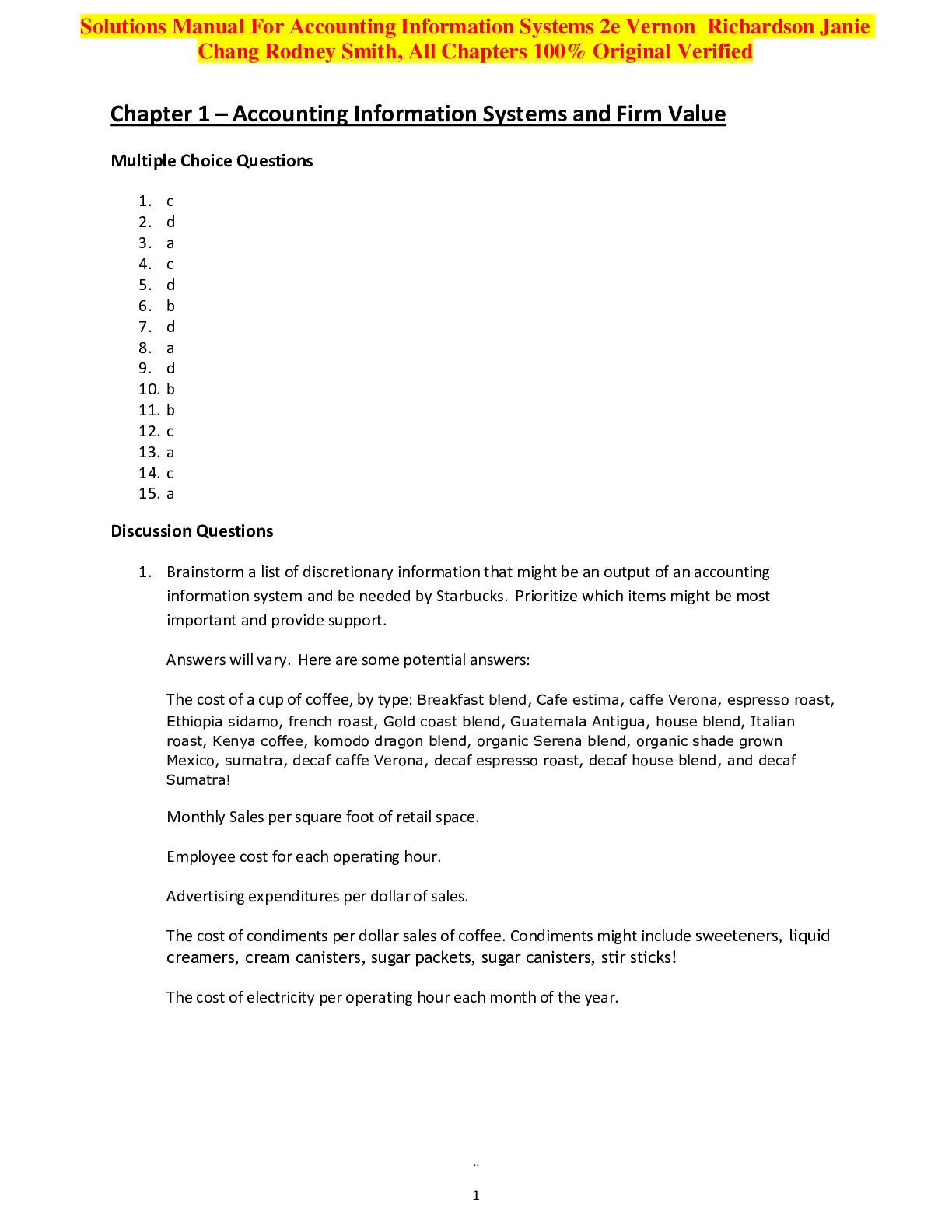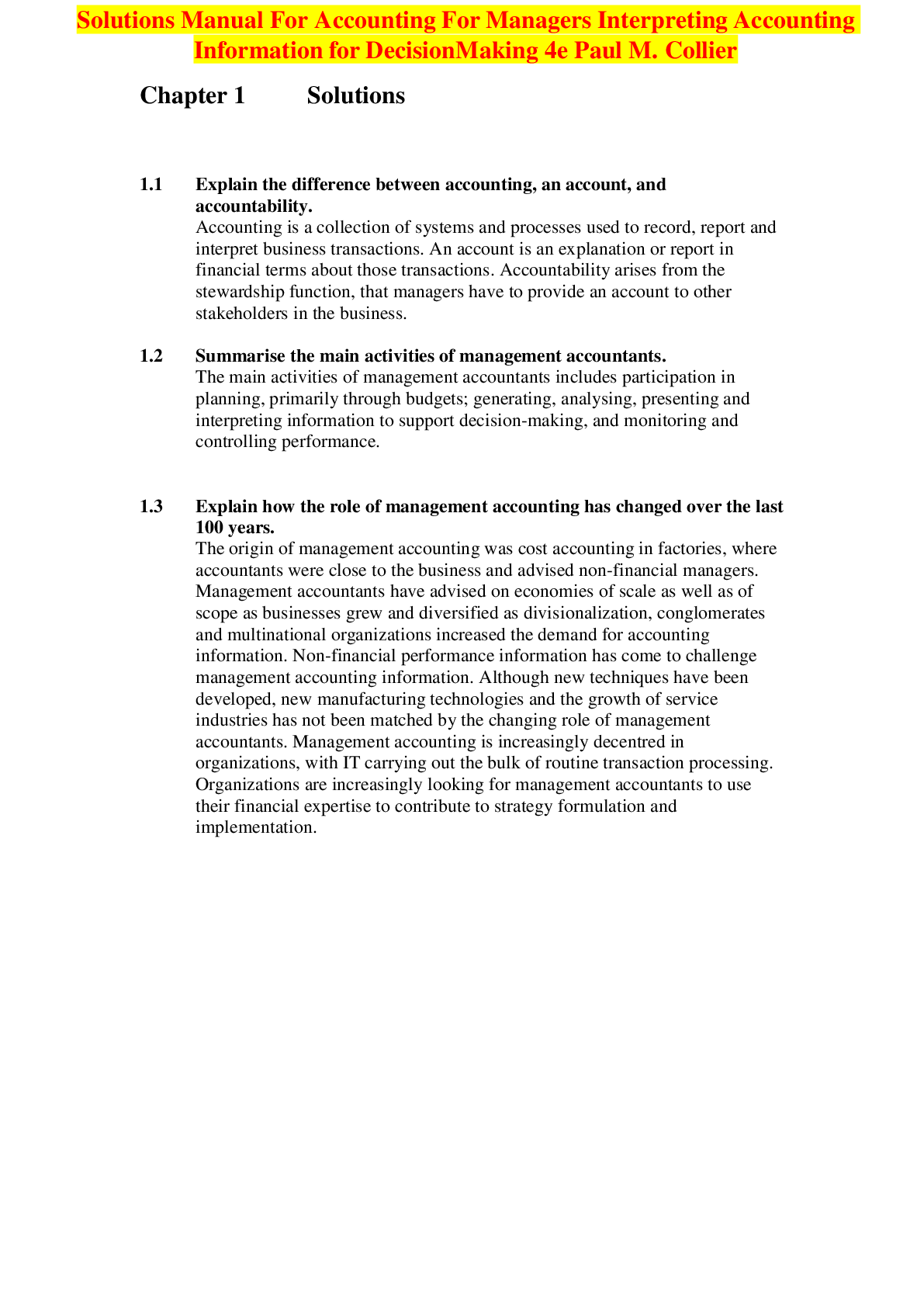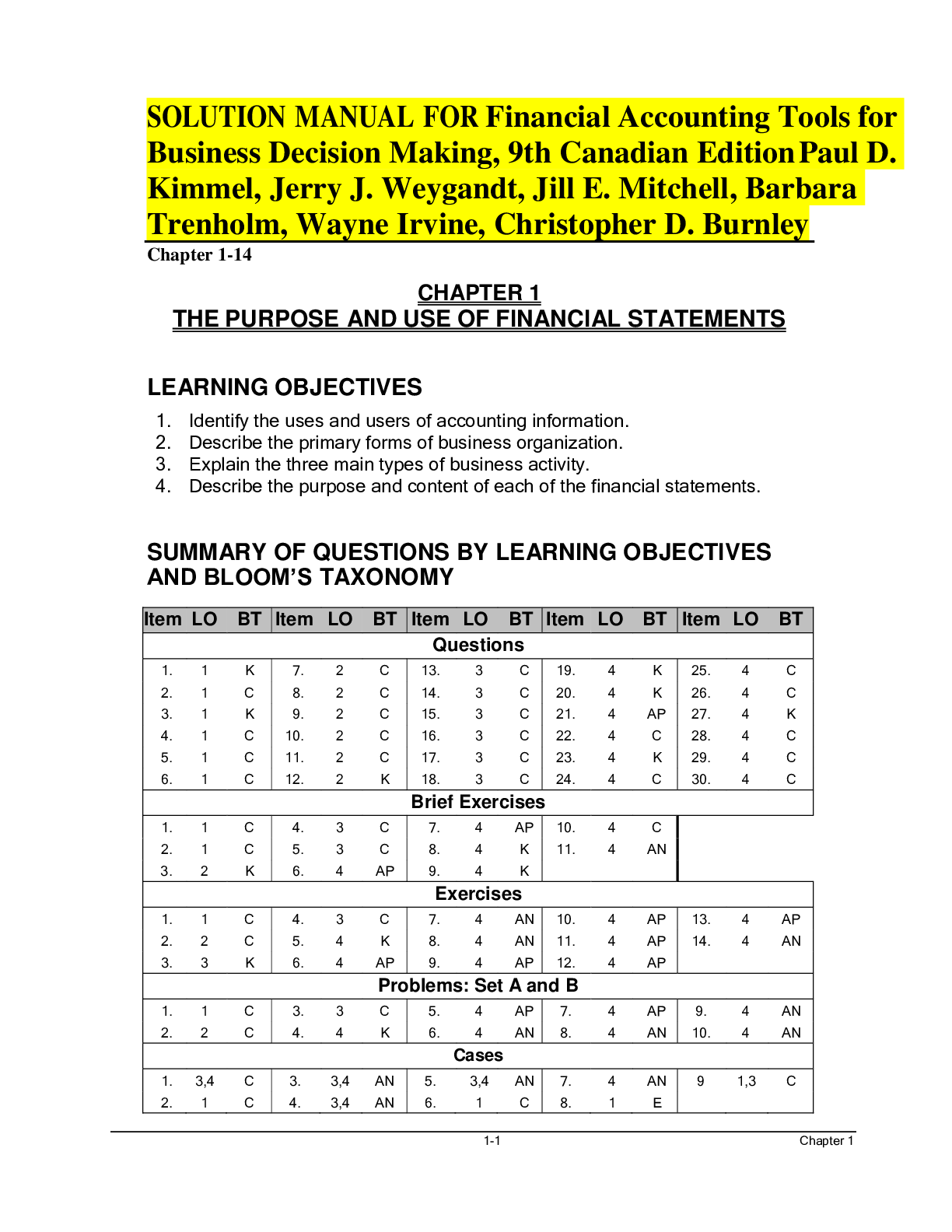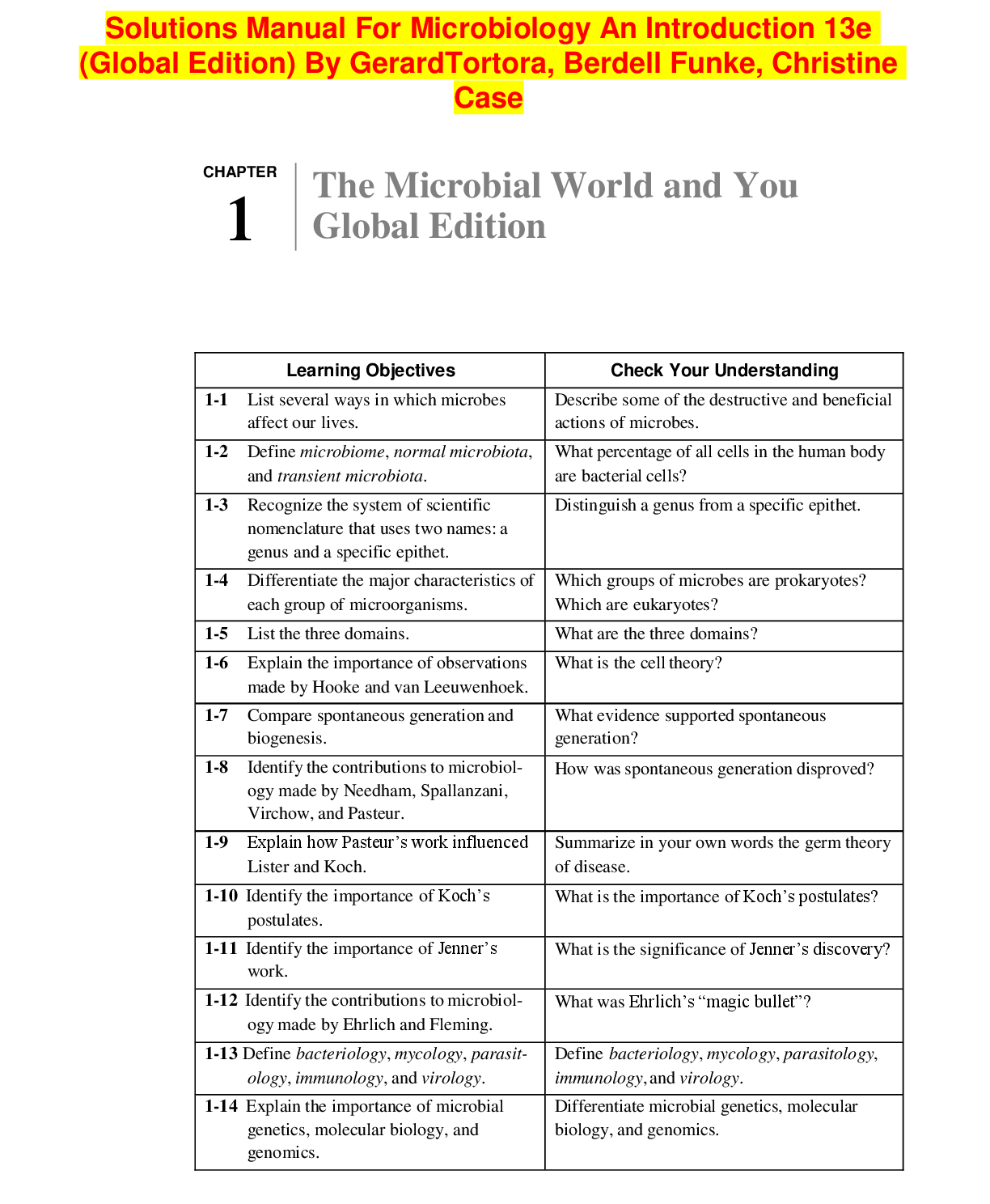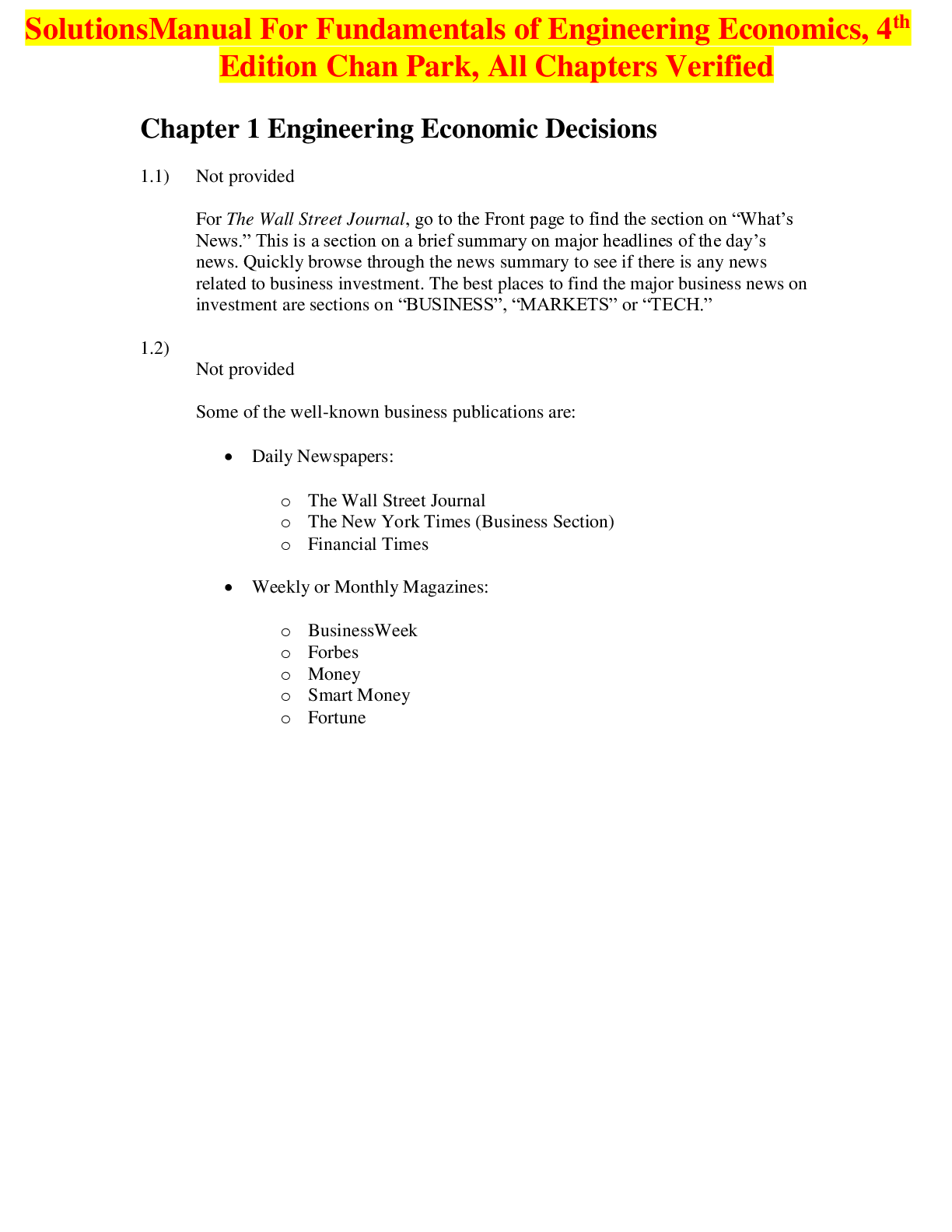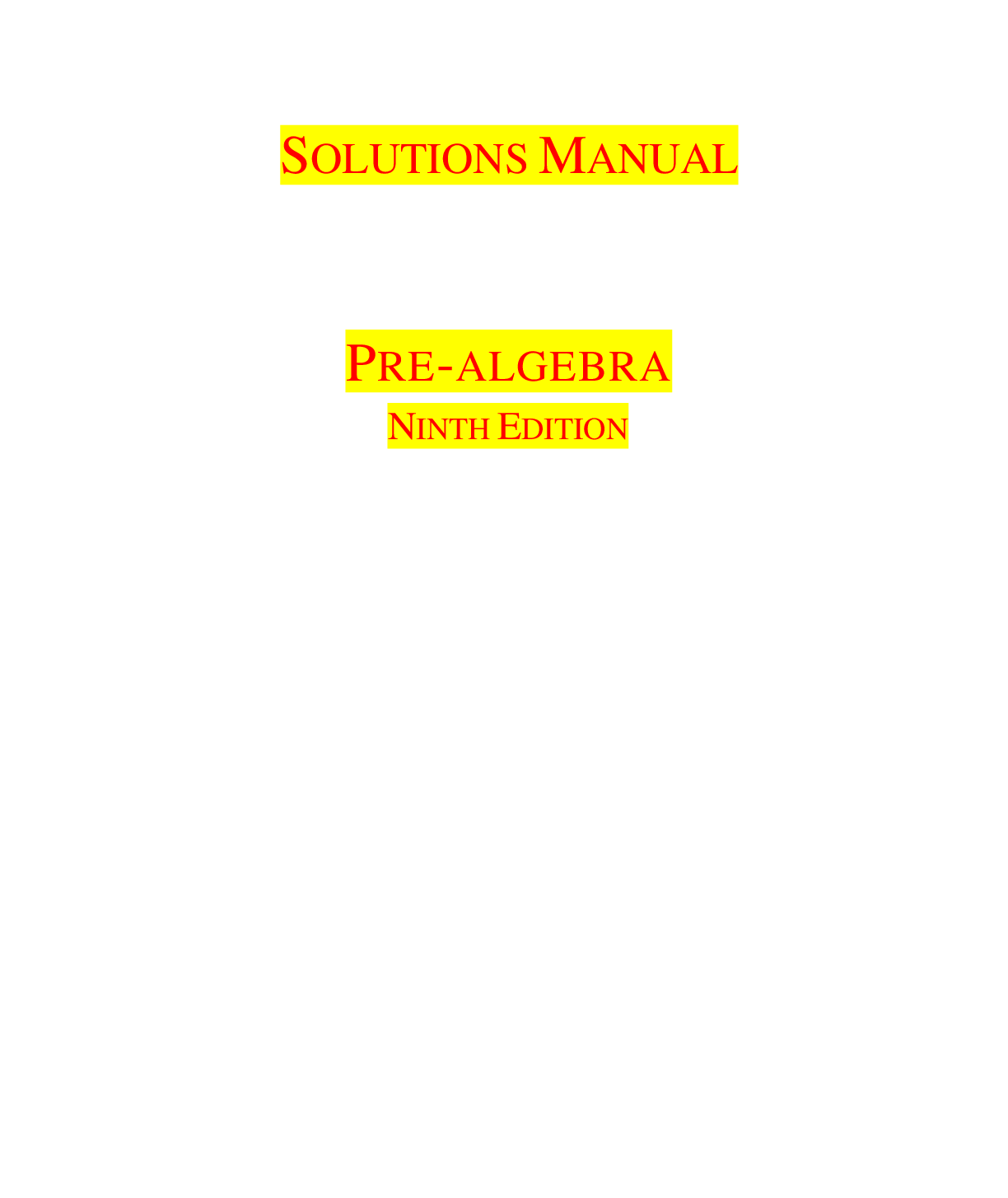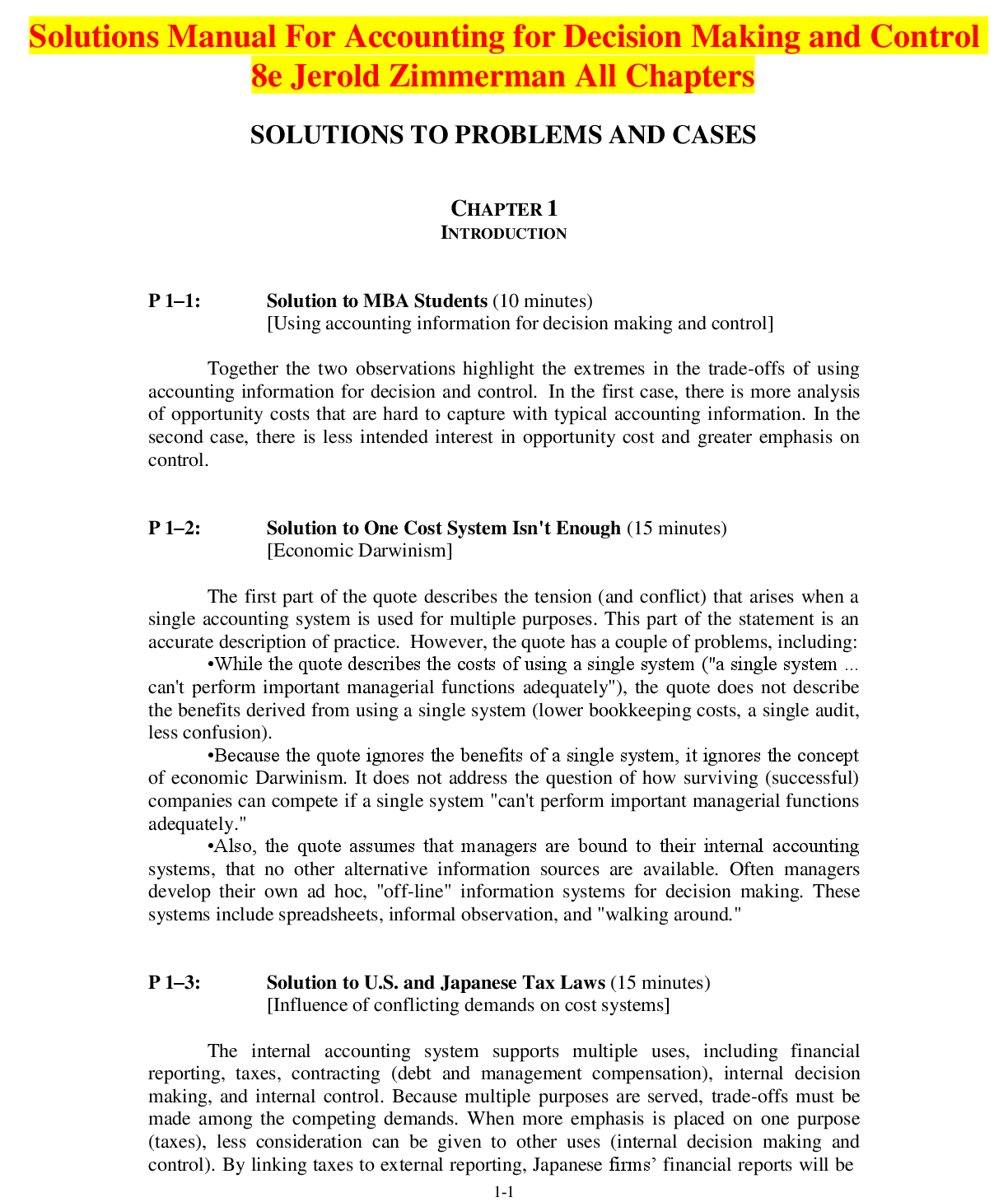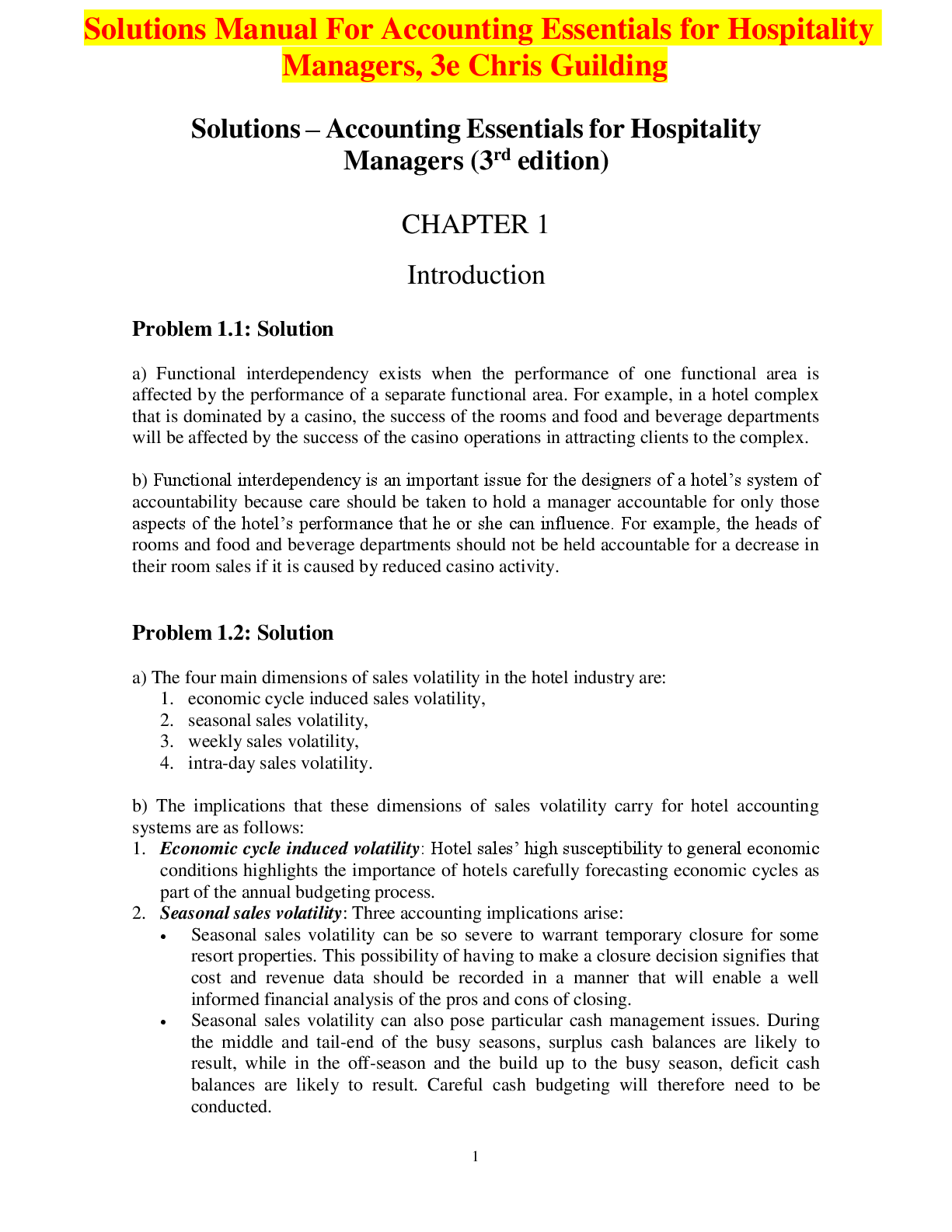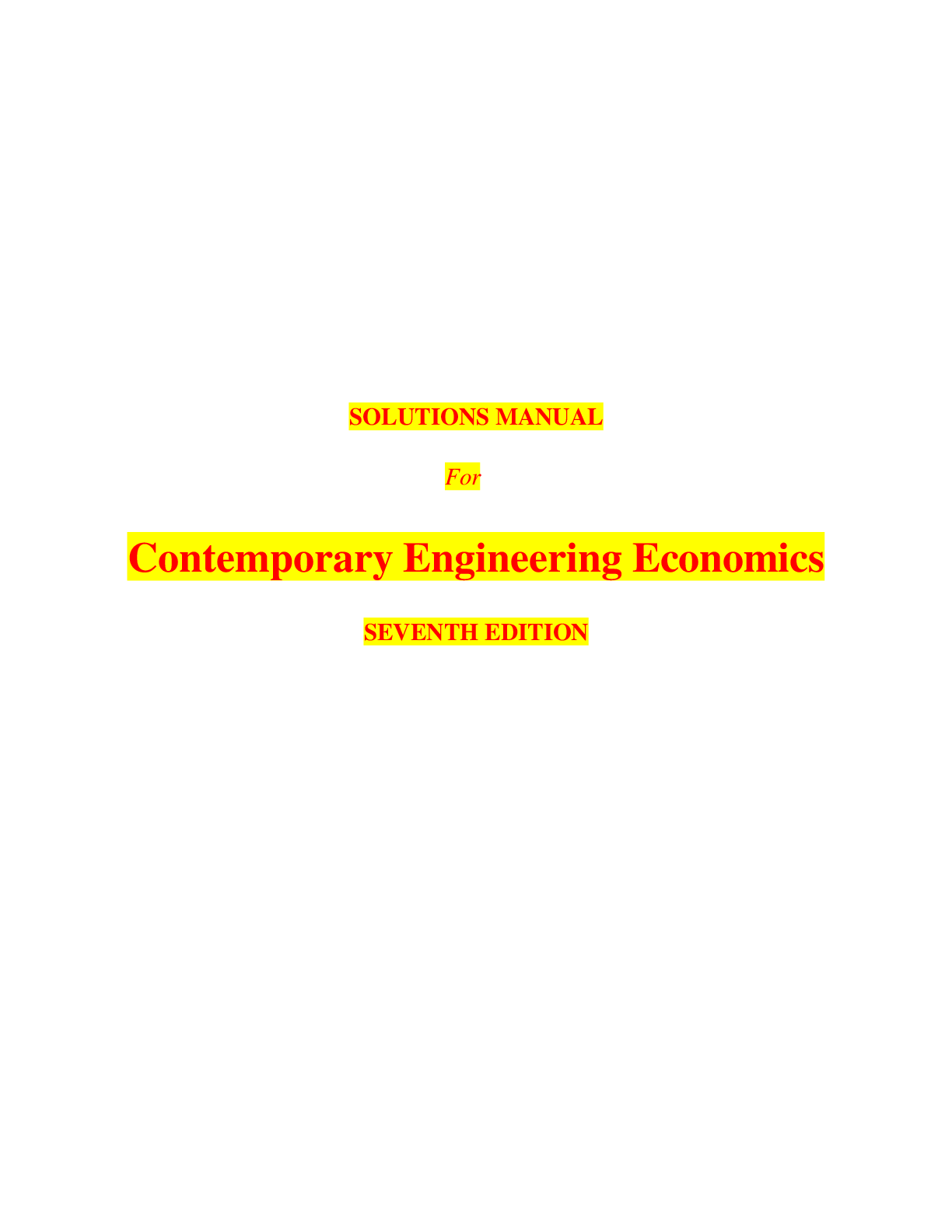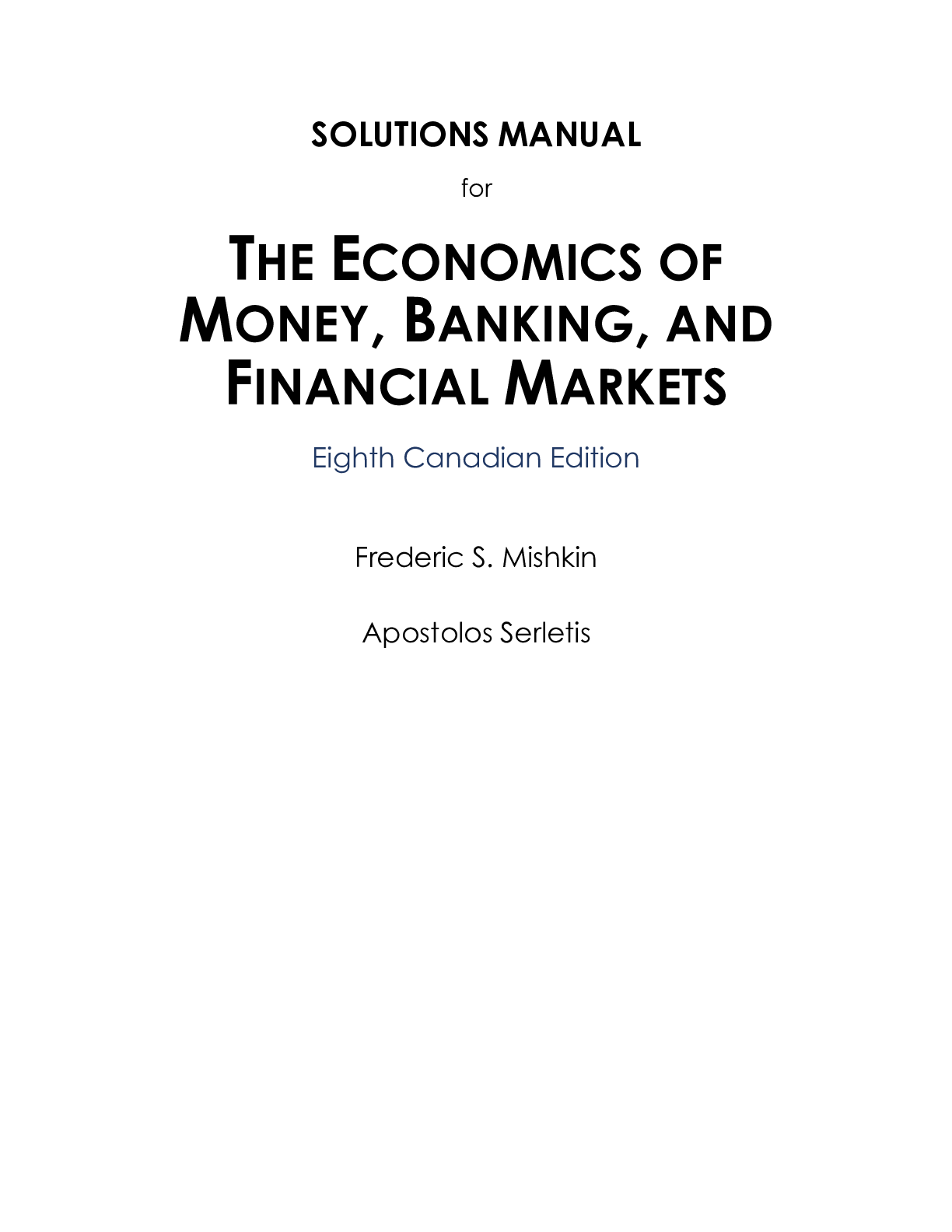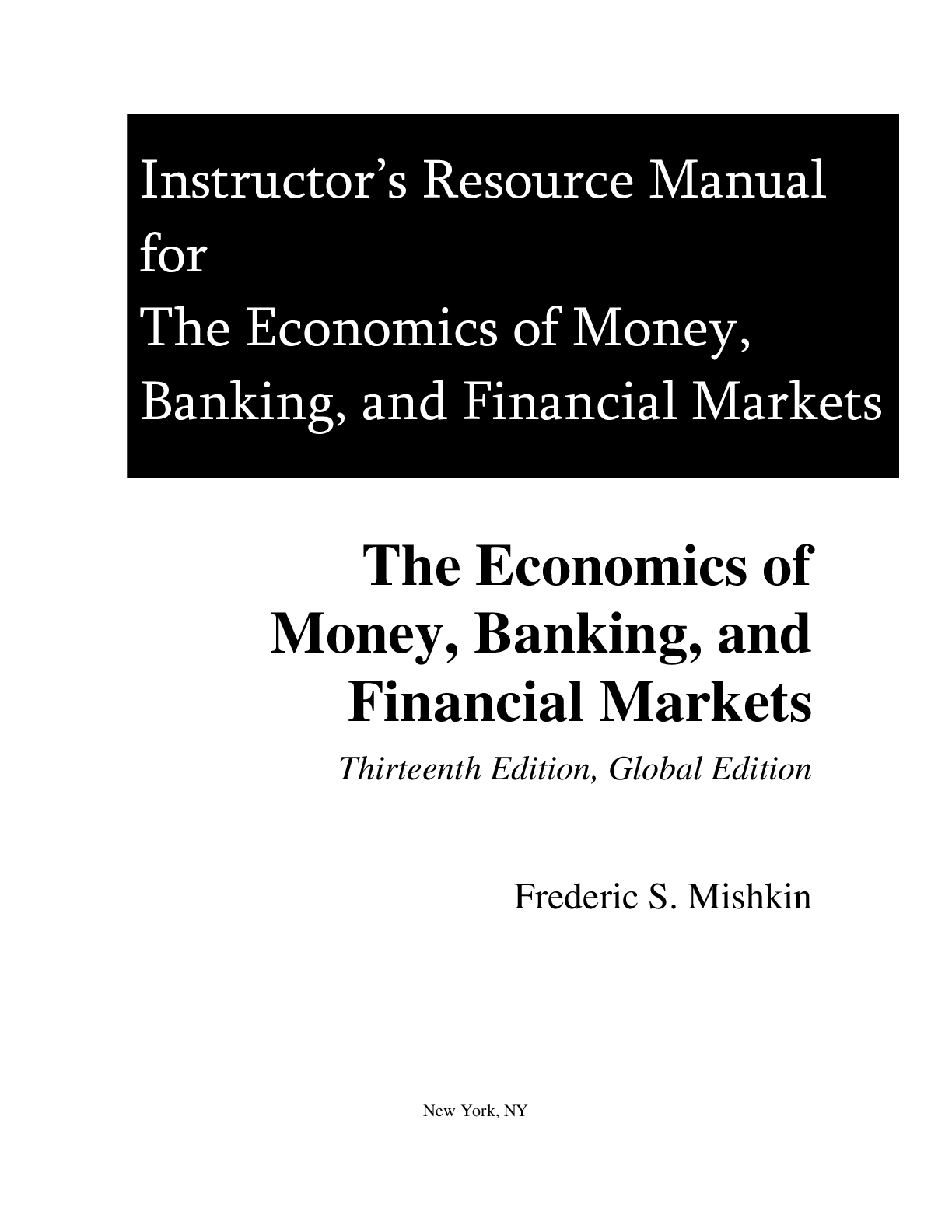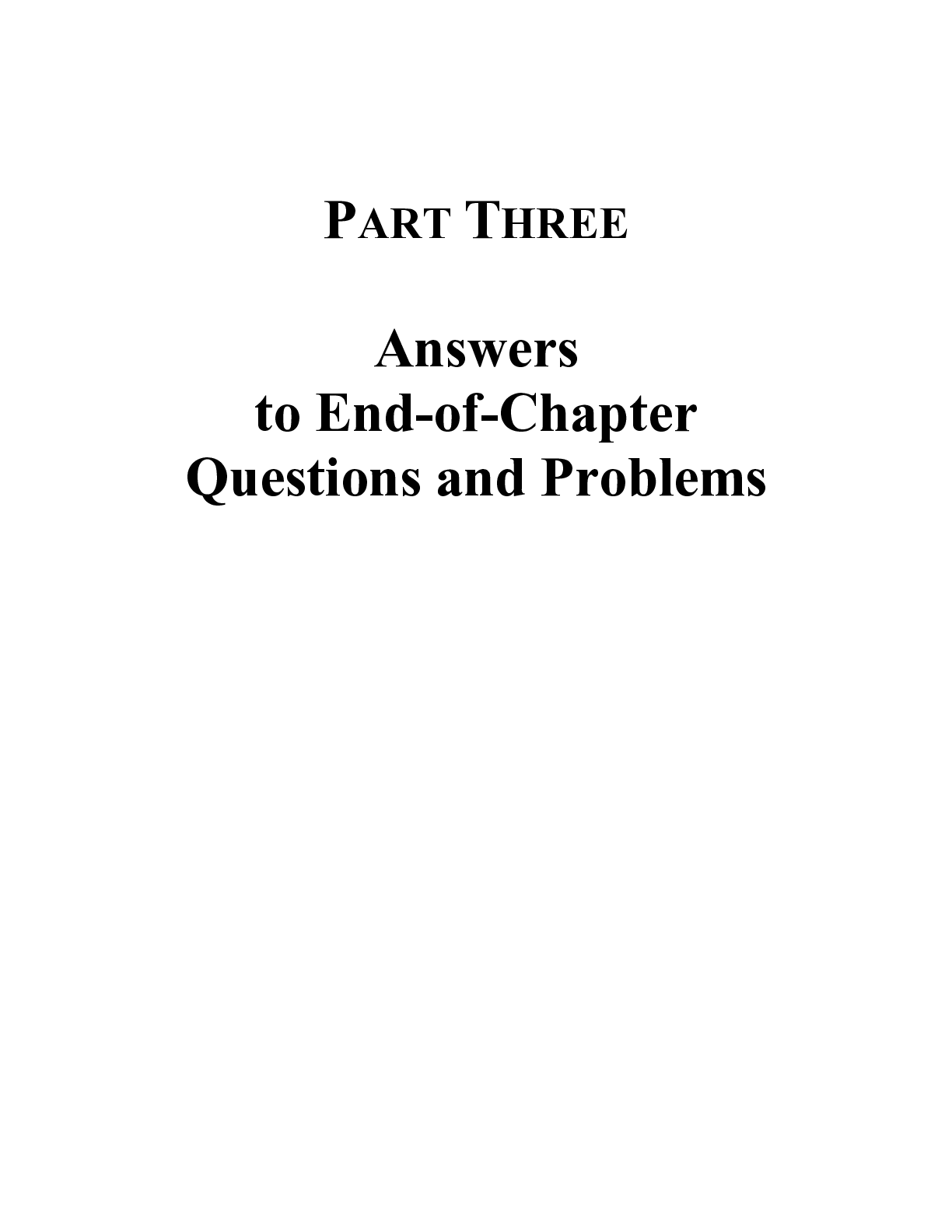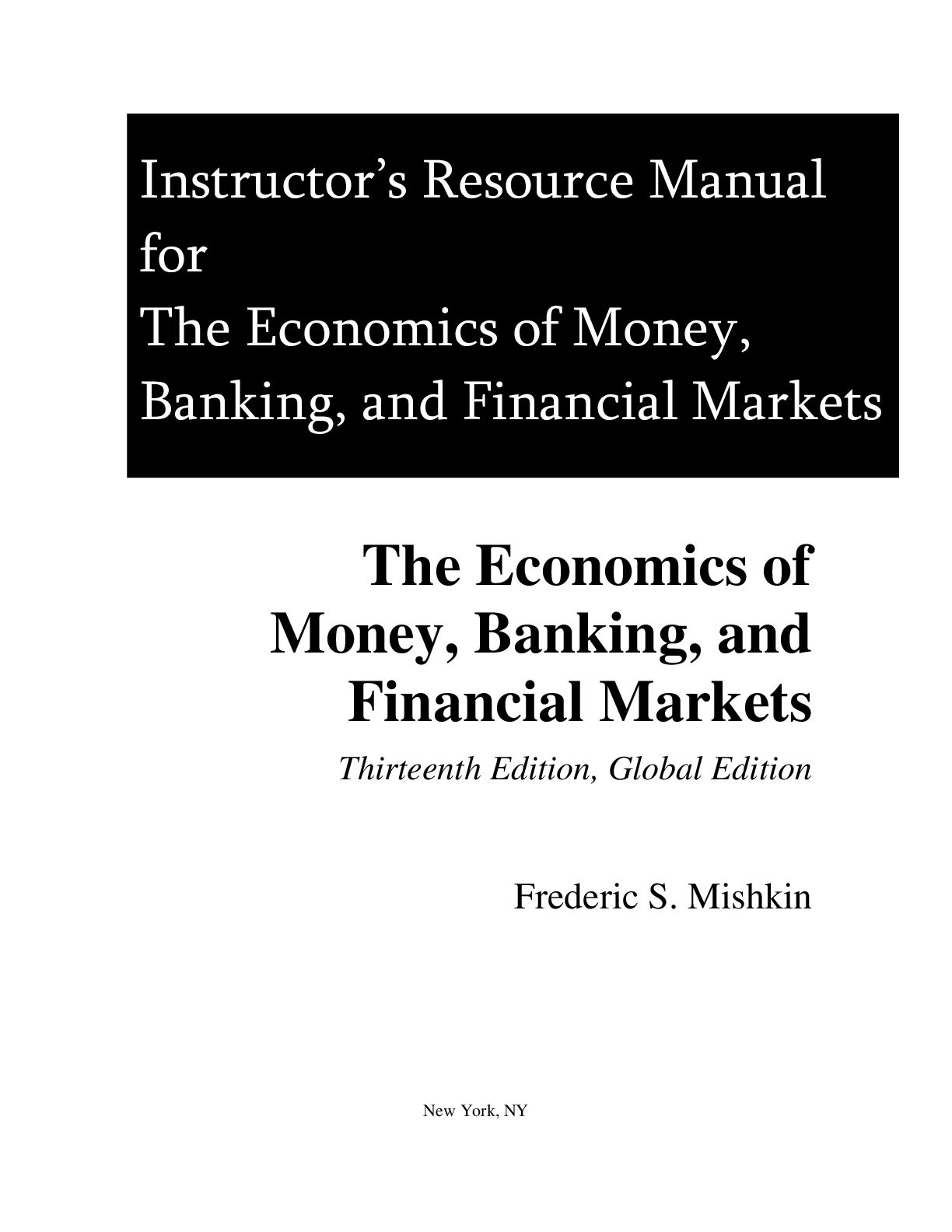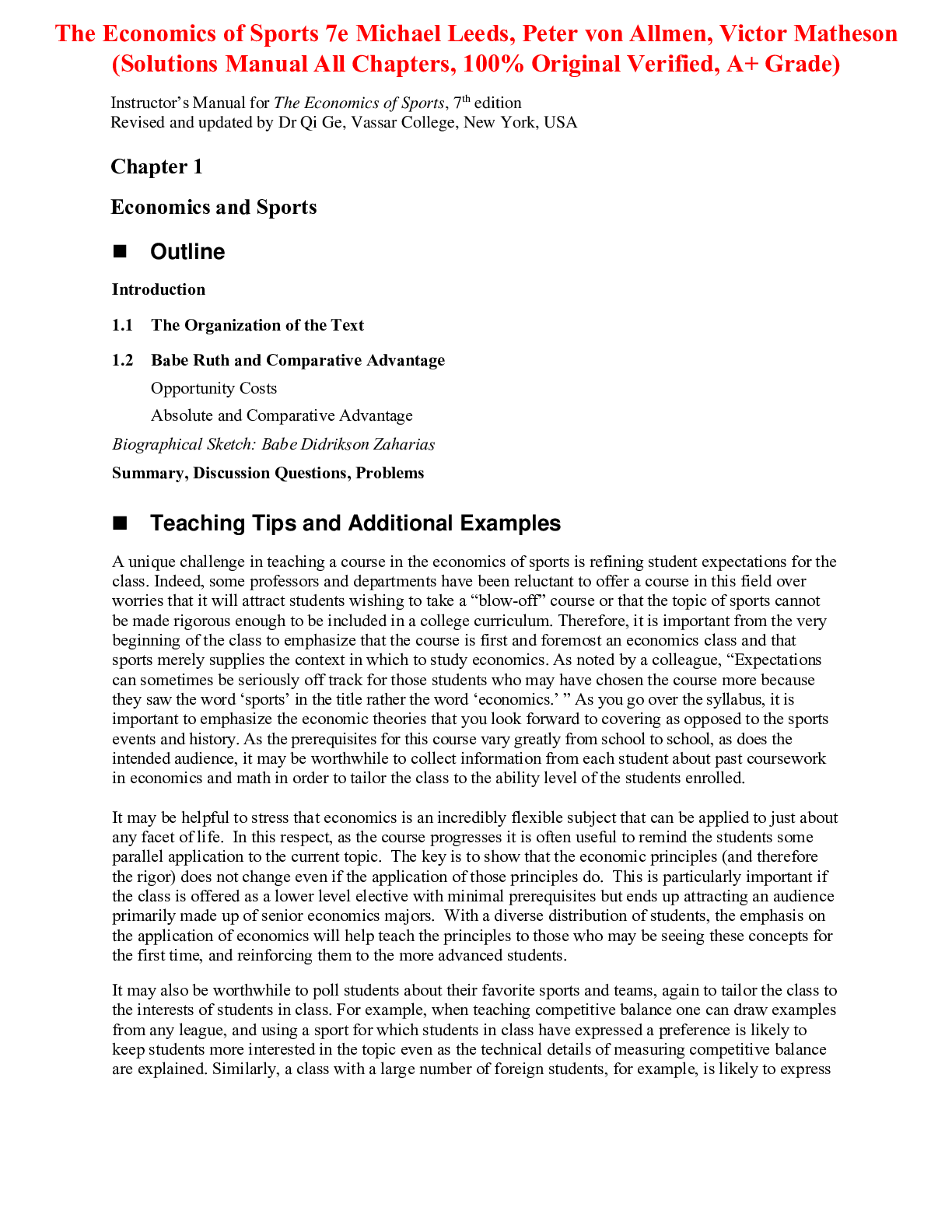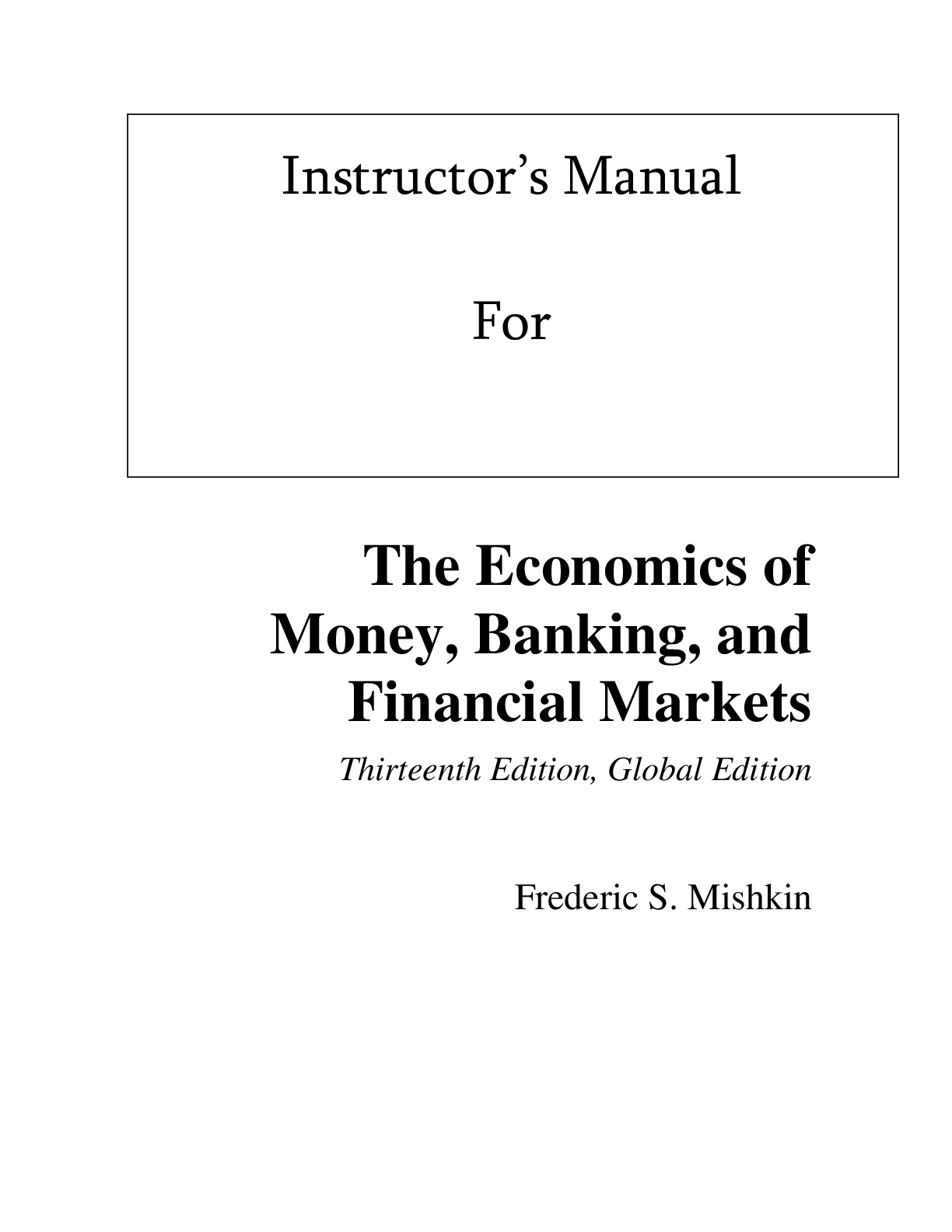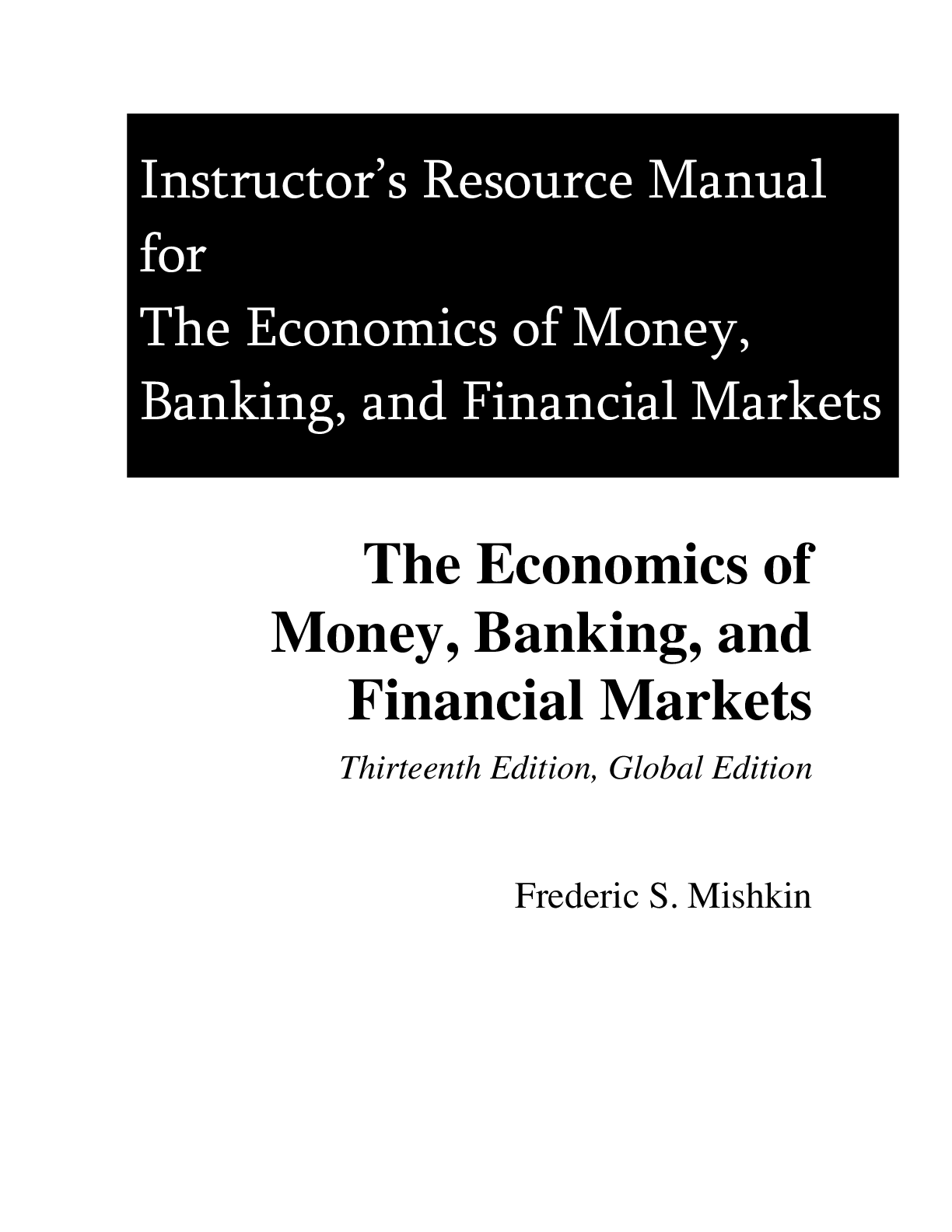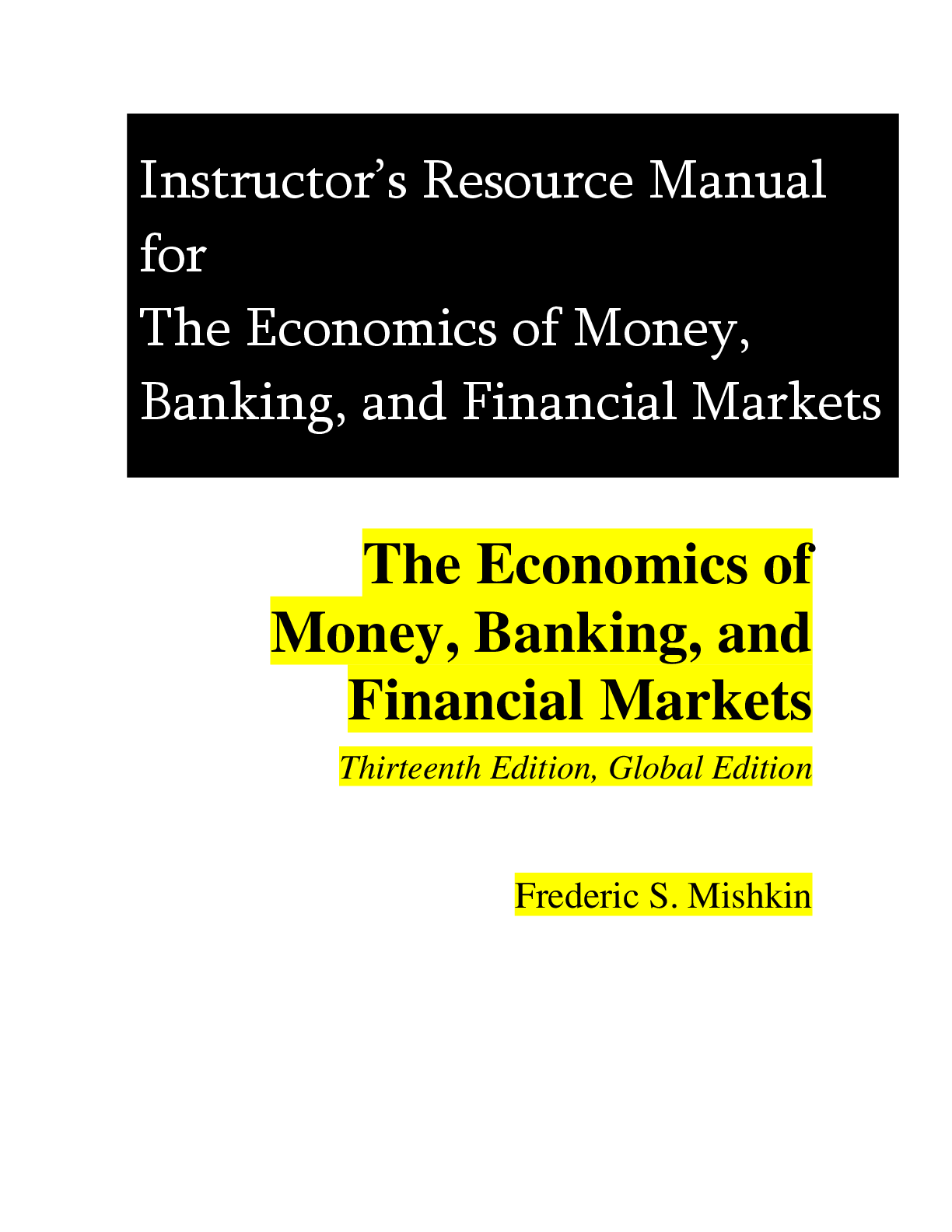Education > SOLUTIONS MANUAL > Solutions Manual For The Economics of Sports 7e Michael Leeds, Peter von Allmen, Victor Matheson (All)
Solutions Manual For The Economics of Sports 7e Michael Leeds, Peter von Allmen, Victor Matheson
Document Content and Description Below
Solutions Manual For The Economics of Sports 7e Michael Leeds, Peter von Allmen, Victor Matheson-A unique challenge in teaching a course in the economics of sports is refining student expectations for... the class. Indeed, some professors and departments have been reluctant to offer a course in this field over worries that it will attract students wishing to take a “blow-off” course or that the topic of sports cannot be made rigorous enough to be included in a college curriculum. Therefore, it is important from the very beginning of the class to emphasize that the course is first and foremost an economics class and that sports merely supplies the context in which to study economics. As noted by a colleague, “Expectations can sometimes be seriously off track for those students who may have chosen the course more because they saw the word ‘sports’ in the title rather the word ‘economics.’ ” As you go over the syllabus, it is important to emphasize the economic theories that you look forward to covering as opposed to the sports events and history. As the prerequisites for this course vary greatly from school to school, as does the intended audience, it may be worthwhile to collect information from each student about past coursework in economics and math in order to tailor the class to the ability level of the students enrolled. It may be helpful to stress that economics is an incredibly flexible subject that can be applied to just about any facet of life. In this respect, as the course progresses it is often useful to remind the students some parallel application to the current topic. The key is to show that the economic principles (and therefore the rigor) does not change even if the application of those principles do. This is particularly important if the class is offered as a lower level elective with minimal prerequisites but ends up attracting an audience primarily made up of senior economics majors. With a diverse distribution of students, the emphasis on the application of economics will help teach the principles to those who may be seeing these concepts for the first time, and reinforcing them to the more advanced students. It may also be worthwhile to poll students about their favorite sports and teams, again to tailor the class to the interests of students in class. For example, when teaching competitive balance one can draw examples from any league, and using a sport for which students in class have expressed a preference is likely to keep students more interested in the topic even as the technical details of measuring competitive balance are explained. Similarly, a class with a large number of foreign students, for example, is likely to express Instructor’s Manual for The Economics of Sports, 7th edition Revised and updated by Dr Qi Ge, Vassar College, New York, USA more interest in soccer over the “big four” American leagues. In this respect the inclusion of more international sports as the editions progressed should benefit the student body. As Chapter 1 of the text notes, the text explores sports as it applies to three major areas of economics: industrial organization, public finance, and labor. As an opening exercise, you might consider asking the class to give examples of how economic forces impact professional and major amateur sports without first prompting them about the three areas. Once they have accumulated a good list on the board, see if they can divide those issues into the three areas. Some issues, such as those related to competitive balance, will be addressed in more than one area—you can note that as you go along. Chapter 1 spends a significantly time on comparative advantage, so be prepared to dive right in on the first day of class. A fun exercise that utilizes students’ sports knowledge while reinforcing the idea of comparative advantage is to identify other multi-sport athletes and examine their career choices. Charlie Ward, the 1993 Heisman Trophy winner, chose an NBA career over the NFL, Baseball Hall-of-Famer, Dave Winfield was drafted by the NBA, ABA, NFL, and MLB, and Hale Irwin, a 3-time U.S. Open winner and the all-time winningest player on the Senior PGA tour, was a top defensive back for the University of Colorado. Deon Sanders and Bo Jackson were other multi-sport stars. Byron “Whizzer” White, ultimately chose a law career over an NFL career even after leading the league in rushing in 1938. White eventually became a Supreme Court Justice. Additional Sources Throughout the course students will need to keep abreast of current events. Fortunately, this requires nothing more than access to the Internet. For each chapter this manual includes examples of quality Web sites that provide lots of information regarding the sports industry. For the instructor, there are several additional sources that are worth considering. Film, Television, and Radio: If you like to supplement your classes with film, we recommend the Ken Burns series Baseball. It is divided into 18 episodes (“top of the first” through “bottom of the ninth”). Each one considers a different topic in the development of professional baseball in the United States. Burns addresses everything from attempts to form rival leagues to the history of the reserve clause to discrimination. Bill Littlefield’s Only a Game, is an informative and amusing weekly radio show appearing on National Public Radio. Check your local listings for times. Trade Publications: Street & Smith’s Sports Business Journal. This weekly publication provides interesting profiles of specific sports, data on attendance, articles, and commentaries on the business aspects of sports. While a normal subscription is not cheap, a far less expensive semester-long student subscription is available. For more information, check their Web site at [Show More]
Last updated: 4 months ago
Preview 5 out of 73 pages

Loading document previews ...
Buy this document to get the full access instantly
Instant Download Access after purchase
Buy NowInstant download
We Accept:

Reviews( 0 )
$14.50
Can't find what you want? Try our AI powered Search
Document information
Connected school, study & course
About the document
Uploaded On
Mar 25, 2025
Number of pages
73
Written in
Additional information
This document has been written for:
Uploaded
Mar 25, 2025
Downloads
0
Views
24


